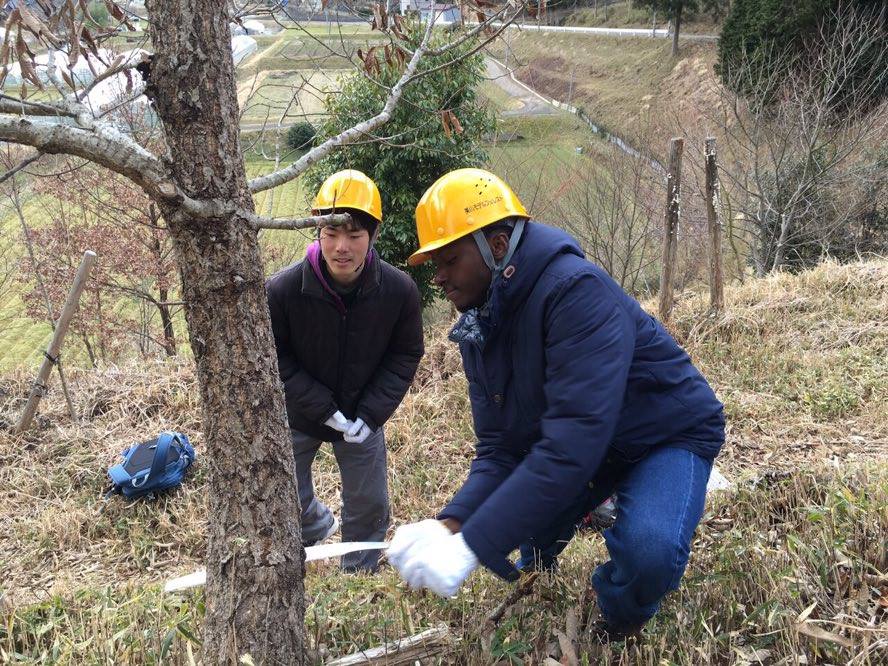
John's preliminary report of his research experience from Kyoto, Japan
Between January 31st and March 18th, 2016, I completed a field data collection in Kyoto, Japan. Kyoto is one of the two sites that I would visit for data collection for my Ph.D. research. My research involves a comparative assessment of the role of Model Forest organisations in support of sustainable small-scale forest management with cases from the Kyoto Model Forest Association (KMFA) in Japan and the Eastern Ontario Model Forest in Ontario, Canada.
By John Boakye-Danquah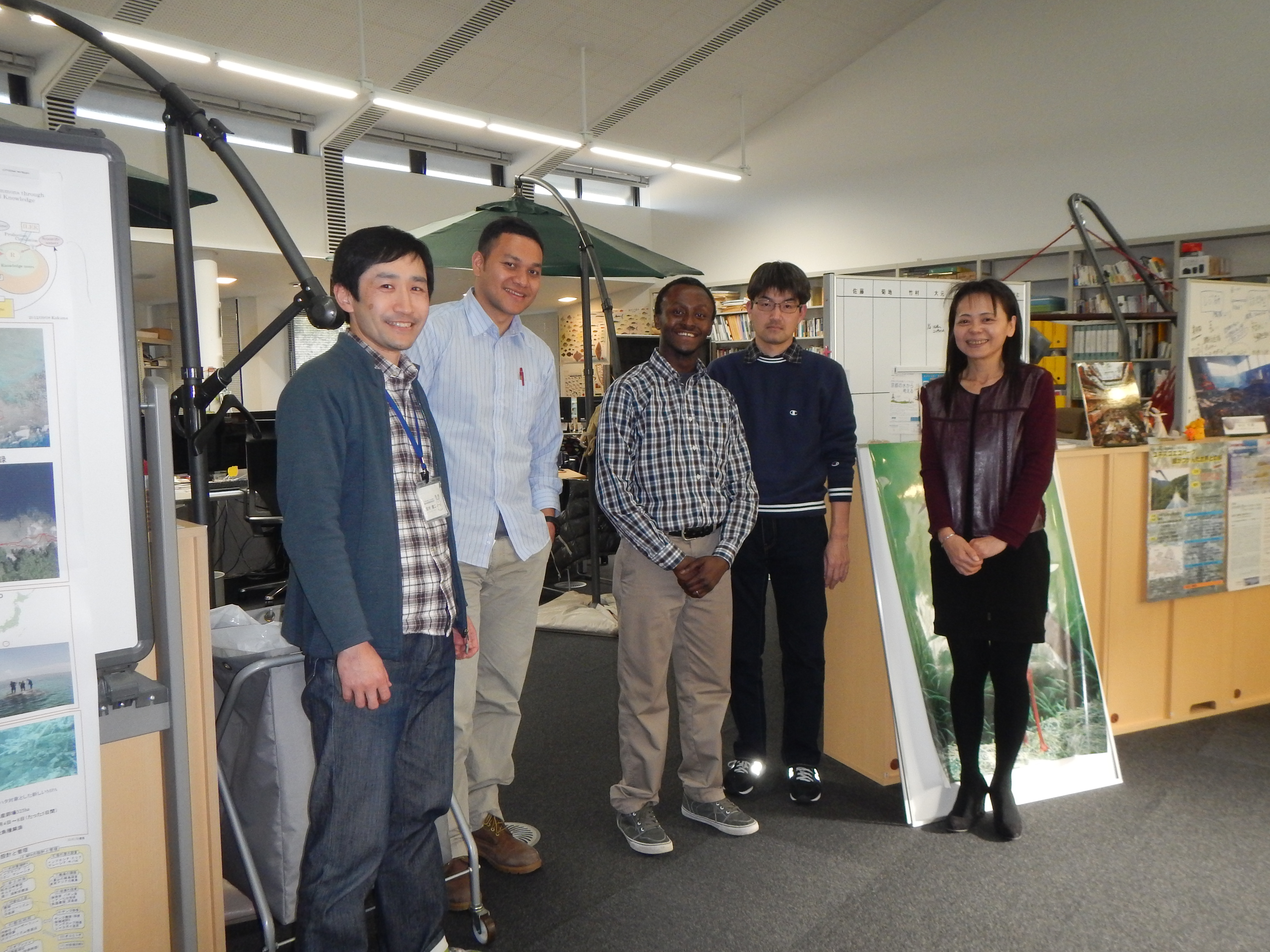
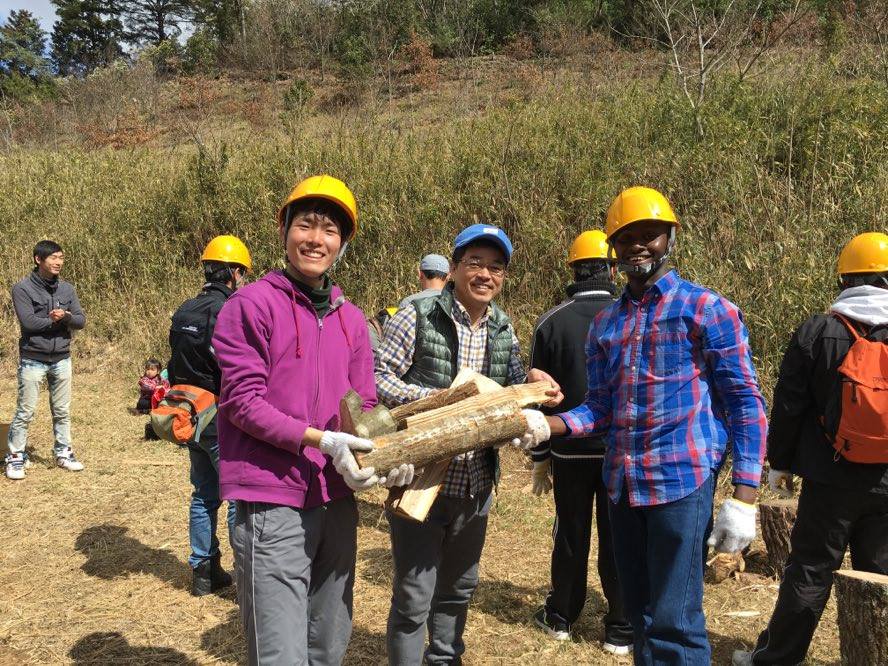
I interviewed some private companies that collaborate with the KMFA to implement their Corporate Social Responsibility (CSR) projects by supporting the management of abandoned forests in rural areas in Kyoto. Depending on the agreement between the KMFA, the local area, and the local government, a private corporation can provide funding and or staff to support forest management activities.
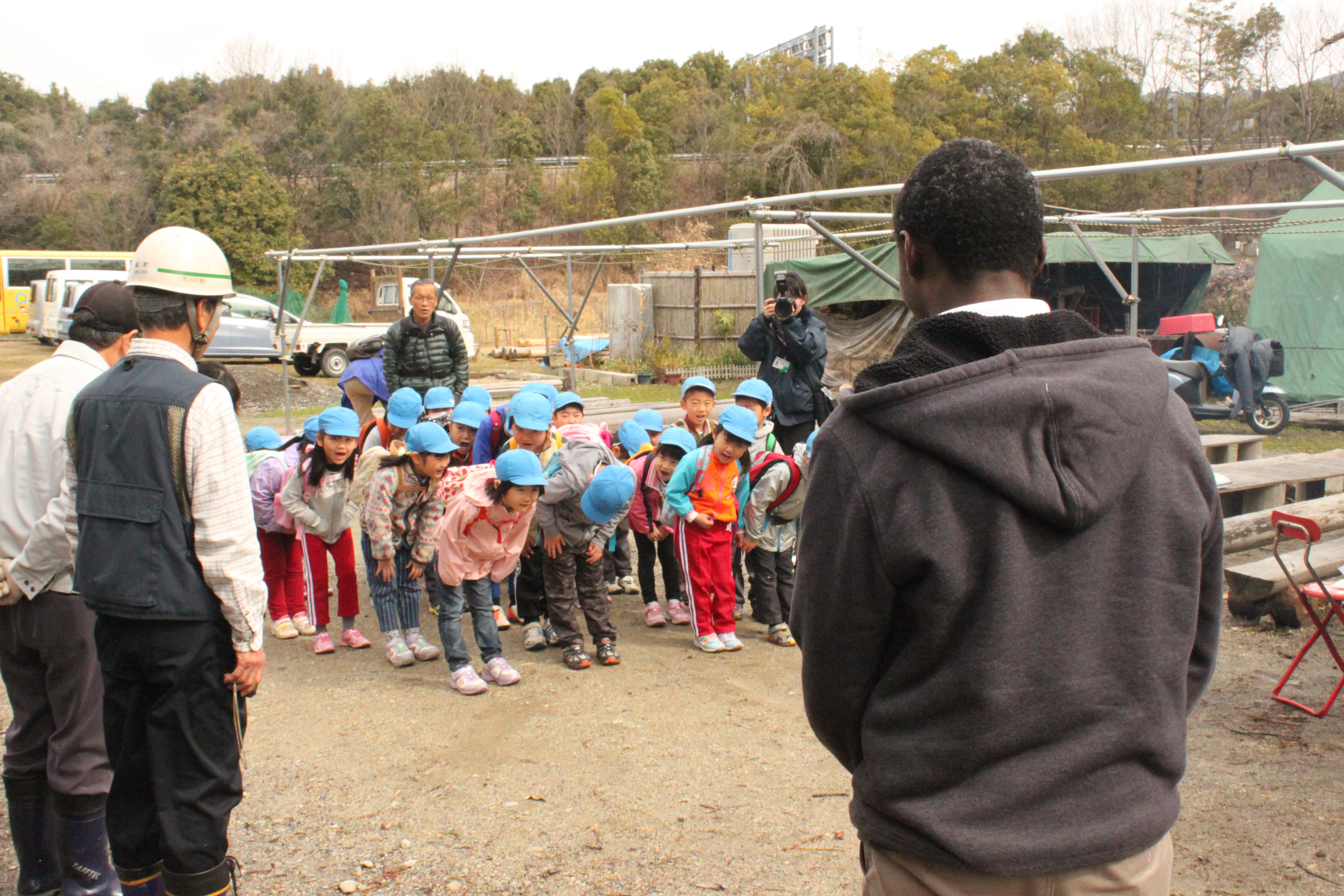
I held group interviews with forestry volunteers in Nishiyama and Kameoka City. Interestingly, Japan’s forestry volunteers are mostly aged old men . The primary passion for most forestry volunteers in Kyoto is to connect people, especially the young, to forestry. Forestry volunteers also work to manage abandoned forests by weeding, planting, and replanting, prunning and slashing to make forests healthy.
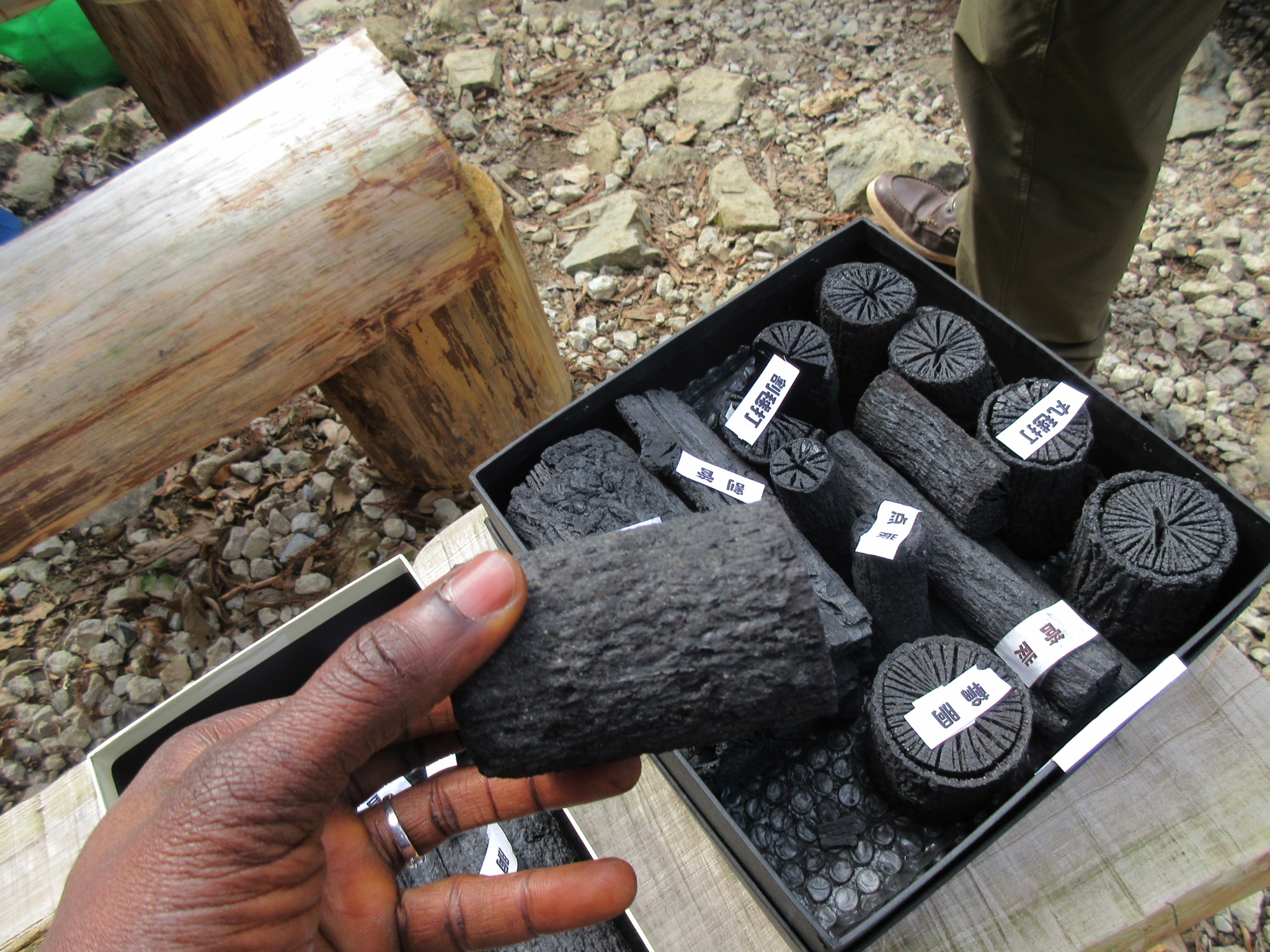
I also travelled with a local forestry association, the Nishiyama Council of Forest Management to observe how different forest volunteer groups are managing abandoned forests through various forms of wood utilization. Notably, I observed how a ‘specially designed charcoal’ used for traditional Japanese tea ceremonies is produced.
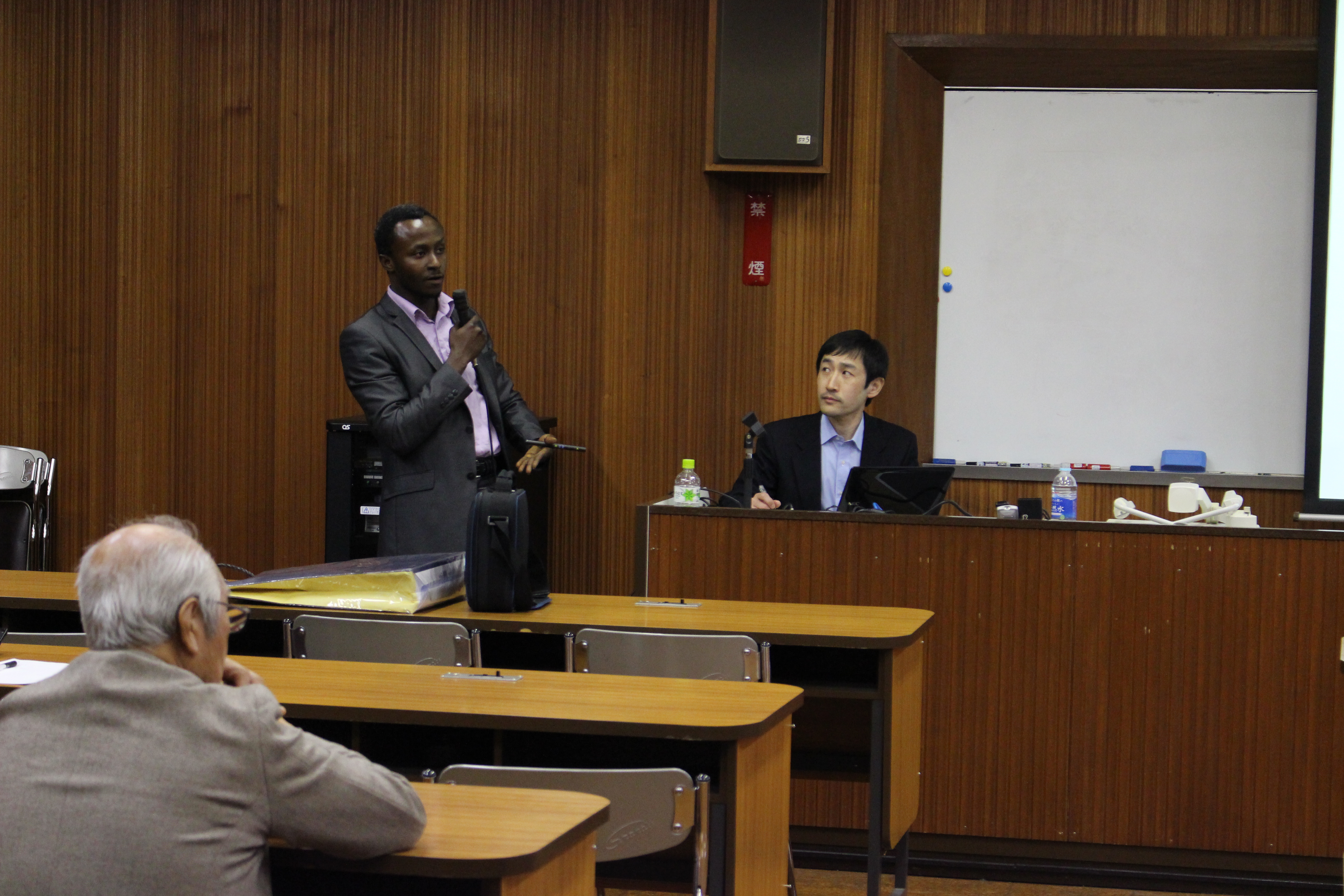
I also had the opportunity to participate in a forestry conference and a seminar. For instance, on my second day in Japan, I attended the Annual Forestry Conference in Kyoto organised by the Kyoto City Government. The KMFA convened a special session on the sidelines of the conference. The session witnessed presentations on CSR forestry activities in diverse fields such as tree planting, wood harvesting, and new forms of wood utilization.The Secretariat of the KMFA also awarded prizes to individuals and organisations that had undertaken transformative initiatives in the area of forestry development during the previous year.
As I reflect on the activities, before, during and after my trip to Kyoto, I believe I have learnt many useful lessons. I had incredible support from my supervisor and committee in setting the context of my study as well as choosing the appropriate research design. Despite this, I was I was not spared with some of the surprises involving the implementation of research in new environments as well as examining less explored cases. In the field, I had to modify my study design and also restructure some of my questions. As I analyse my data, I realize how critical it was to keep detailed records of all changes I made to my original research design whilst in the field. I am grateful for the advice from my supervisor on the importance of record keeping. I remember she wrote in an email to me:
You are probably keeping a record, but if not, I encourage you to keep detailed notes of any changes in the proposed approach, including the reason for those changes. This will help when you go to write up the thesis. It’s easy to think you will remember, but some months from now, you are likely to forget the details, even if you are still young and healthy.
Acknowledgements
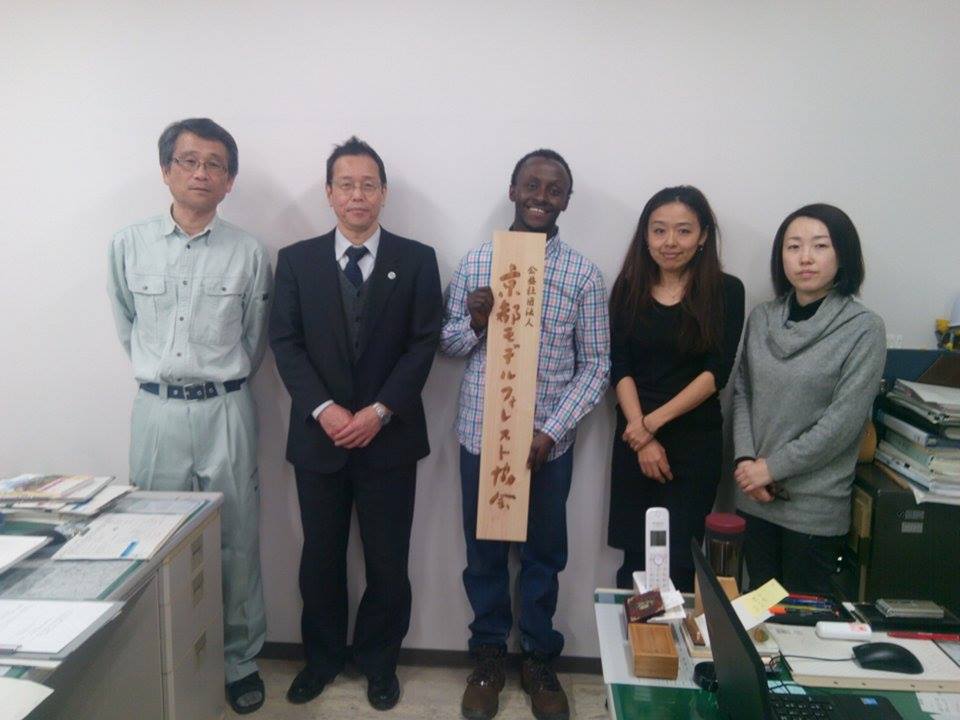
First, I thank my supervisor, Prof. Maureen Reed for providing funding for this field research. I am also grateful to her for her timely response to my questions and clarifications during my time in Kyoto. I am also grateful to the ILEK Project at the RIHN for providing additional funding for my field research in Japan, and also providing me with desk space and accommodation in the RIHN House. I am grateful to the entire ILEK in-house project members for their warm reception. I am particularly indebted to Prof. Tetsu Sato, Dr. Kenji Kitamura and Ms. Atsuko Fukushima for their support. Special thanks also go to the staff and members of the KMFA for their invaluable contribution to my research. I am highly indebted to Ms. Hiroko Tanaka and Mr. Sato, the General Manger and Director of the KMFA respectively for their dedication and commitment to see me through my research. Last but not least, I thank Keito, Mari, and Tomoshiro all graduate students of the University of Kyoto for volunteering to support my field research in Kyoto.
